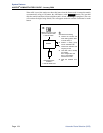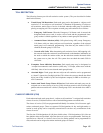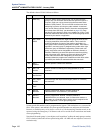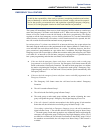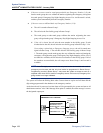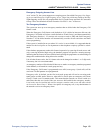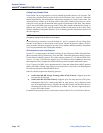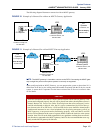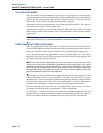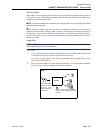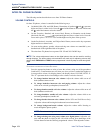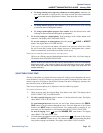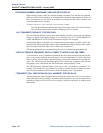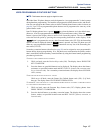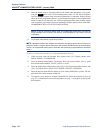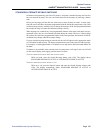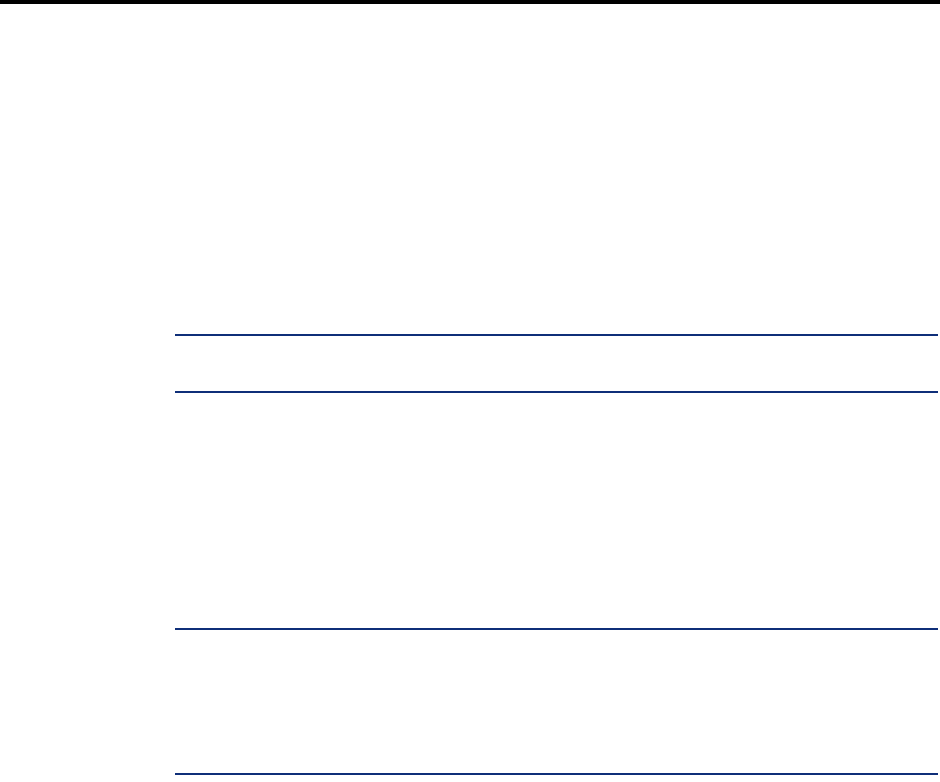
Page 162
System Features
AXXESS
®
ADMINISTRATOR’S GUIDE – January 2004
Day and Night Modes
DAY AND NIGHT MODES
There are separate lists in the database for class-of-service, outgoing-access, allowed-answer,
and ring-in assignments for day and night modes. When an administrator enters the Night Ring
feature code, the system uses the night mode lists. When the system is in day mode, the day
lists are used. (Active calls are not affected when the mode is changed.)
Night mode also affects the night transfer relays on the Options Card (OPC). The relays are
activated when the system is placed in night mode.
Administrators can place any or all remote nodes into night mode or day mode. The default
feature code for Enable Network Night is 9861. The default feature code for Disable Network
Night is 9862.
NOTE: The Night Ring On/Off feature code (9860) affects only the node on which the adminis-
trator resides. See page 8 for a complete explanation of administrator features.
DIRECT INWARD SYSTEM ACCESS (DISA)
DISA is a programmable feature that allows an outside party to dial into the system from an
external DTMF telephone and then dial extension numbers, hunt group pilot numbers, and off-
node device extensions. (DISA callers do not have access to outgoing trunks or page zones.)
Any of the trunk groups can be programmed to receive incoming DISA calls in day and/or
night mode. When not in use for DISA, the trunk group can be used for placing outgoing calls
by stations with outgoing access permission.
NOTE: Due to the natural characteristics of the trunk, the volume level of DTMF tones trans-
mitted over the trunk may be substantially reduced before reaching the system. This natural
degradation in tone volume may adversely affect the reliability of the DISA feature. Other factors
which can affect DISA performance are trunk noise and the quality and strength of the DTMF
tones generated by the off-premises phone itself. If the system cannot recognize a DTMF digit,
the call is automatically sent to the primary attendant.
When a DISA user calls a station extension number, the call rings as a direct ring-in call, even
if the called station is busy or in Do-Not-Disturb. The DISA caller hears music or ringing
(determined by a system-wide option in Database Programming) until the Transfer Available
or Transfer Busy timer expires. Then, if the call is not answered, it recalls the called station’s
attendant. If the called station is forwarded, the call follows the programmed forward.
When a hunt group pilot number receives a call through DISA, the call rings or circulates
according to how the hunt group is programmed (i.e., linear or distributed).
If a caller dials a valid hunt group pilot number that has no members assigned to it, the call
automatically rings at the primary attendant station until the Abandoned Call timer expires. If
the call is not answered before the Abandoned Call timer expires, the call is disconnected.



